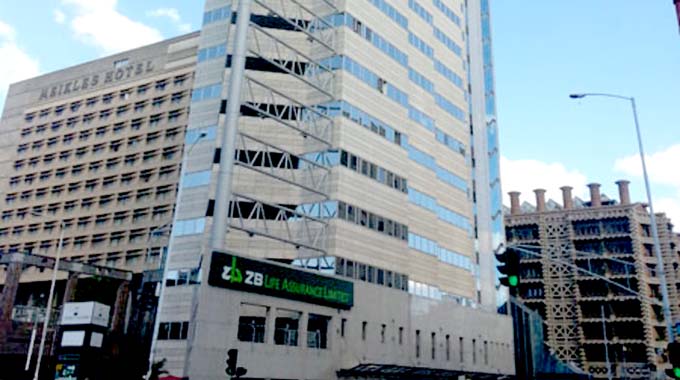Source: ZB raises over $60m for ERRF | The Herald August 13, 2018

Tawanda Musarurwa
Listed financial services provider ZB Financial Holdings says it has so far raised over $60 million of the targeted $150 million under the second phase of the Emergency Road Rehabilitation Fund (ERRF).
The financial services provider was retained by the Zimbabwe National Road Administration (ZINARA) as lead advisor for the ERRF after it raised $105 million in the first round of the fund.
“Following the successful mobilisation of $105 million under the ERRF for the Zimbabwe National Road Administration in 2017, the group has been retained to raise a further $150 million.
“Over $60 million has already been mobilised,” said ZBFH chief executive officer Ron Mutandagayi.
The ongoing Emergency Road Rehabilitation Programme, which is being spearheaded by Government through Zinara has resulted in significant improvement in the country’s road infrastructure.
Early last month, ZBFH said it had entered into joint venture arrangement with South Africa’s Neo Capital as the group seeks to raise $1 billion over the next two years to upgrade local road infrastructure.
In the first phase of the programme, ZBFH raised the $105 million through a bond issued in partnership with Zinara.
Phase one of the ERRP, which commenced on March 12 last year, prioritised preservation of the road infrastructure from further deterioration and safe passage for travellers.
Phase two of the programme is focusing on major rehabilitation works, reconstruction of damaged bridges including preventive periodic maintenance works and rehabilitation of failed sections of the road network.
According to the African Development Bank (AfDB)’s flagship study on Zimbabwe’s state of infrastructure — the “Infrastructure and Growth in Zimbabwe Report” —which was released in 2011, of the country’s total road network of nearly 90 000 kilometres, the proportion in fair to good condition has declined from 73 percent in 1995 to only 60 percent.
An additional 12 800km was re-classified to “poor condition”, requiring complete rehabilitation at a cost of about $1,1 billion.
Economists contend that the present state of infrastructure in the country, which has declined due to limited investment and lack of maintenance, is one of the most significant constraints to set economic growth targets.
Dilapidated infrastructure has largely precluded foreign direct investment (FDI) flows into Zimbabwe, especially as it drives up the cost of doing business.
COMMENTS